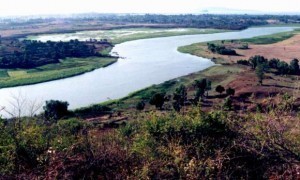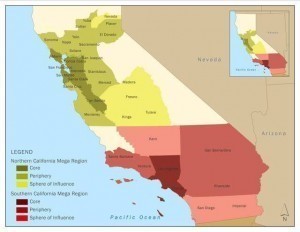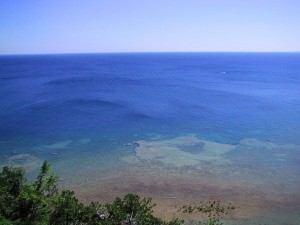What is the Longest River?
Determining the length of rivers is not easy.  There are several factors considered including the identification of a river’s mouth, source and the measurement between the mouth and the source. Another factor that is considered when assessing a river’s length is the tributaries. It is hard to identify the length between the source and the map due to lack of maps. In this regard, it is essential to know what the longest river is.
There are several factors considered including the identification of a river’s mouth, source and the measurement between the mouth and the source. Another factor that is considered when assessing a river’s length is the tributaries. It is hard to identify the length between the source and the map due to lack of maps. In this regard, it is essential to know what the longest river is.
The Longest River
What is the longest river in the world? The Nile River is the longest river because it has a total length of 6,650 kilometers. The mean basin discharge of the river is 99,941 cubic foot per second. The White Nile at Uganda’s Lake Victoria and the Blue Nile at Ethiopia’s Lake Tana are the two sources of the river. The White Nile starts at Mongalla’s Albert Nile. The flow rate of water of Albert Nile is 37,000 cubic foot per second. Albert Nile joins the swamps in Sudan. The river is called the Bahr El Jebel with a mean flow rate of 18,000 cubic foot per second.
The Sobat River as well as the Bahr al Ghazal are the two significant tributaries to the White Nile. When it comes to the largest sub basins of the river, the basin of the Bahr al Ghazal measures 200,000 square miles. However, this basin contributes low level of water to the river since great water volumes were lost to the wetlands of Sudd.
Below the river of Sobat, the flow rate of White Nile is 32,600 cubic foot per second. In terms of the peak flow, the flow rate is estimated to be 43,000 cubic feet per second. The peak flow is commonly observed in March. The minimum flow measures 21,500 cubic feet per second and this is observed in August.
Approximately 80 to 90 per cent of the discharge of the Nile River is contributed by the Blue Nile. The flow rate of this tributary varies from time to time. Examples of factors that affected the flow rate of the Blue Nile are groundwater flow, evaporation, weather and diversions. Aside from these, the development of dams along the river also contributes to the varying flow rate of the tributary. The peak flow of the Blue Nile usually happens in the later part of August while the minimum flow rate occurs in the early part of September. The peak flow is estimated to be 290,000 cubic feet per second and the minimum flow is estimated to be 19,500 cubic feet per second.





